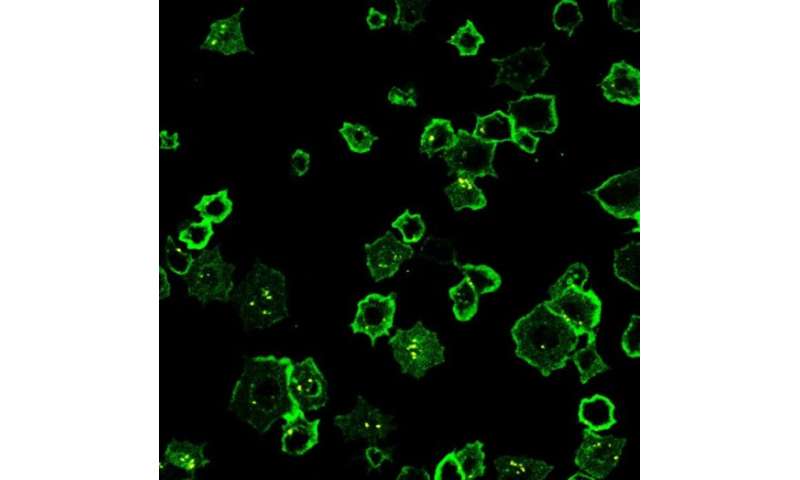What blood platelets and endothelial cells may reveal about COVID-19


Yale researchers have helped identify the mechanisms behind a major cause of morbidity and mortality in COVID-19 patients. Extensive blood clots in both large and small blood vessels in the lungs and throughout many major organs in the body have been linked to worse outcomes in patients hospitalized with severe COVID-19 infection. The researchers demonstrate that both platelet and endothelial dysfunction are key components of COVID-19 pathology.
A Yale team has synthesized findings from researchers worldwide, including their own cutting edge work at Yale, to propose new strategies for treatment of COVID-19 based on these cardiovascular risk factors. The review, published Nov. 19 in Nature Reviews Cardiology, was led by senior author John Hwa, MD, Ph.D., a professor of medicine at the Yale Cardiovascular Research Center, Sean Gu, MD, Ph.D., a clinical fellow in the Department of Pathology, and Tarun Tyagi, Ph.D., a postdoctoral associate at the Yale Cardiovascular Research Center, along with teams from Hematology, Cardiovascular Medicine, and Laboratory Medicine.
Platelets are our body’s first defense against vascular damage. A recent study in the journal Blood showed that a SARS- CoV-2 triggered platelet damage and dysfunction. Further injury to endothelial cells —the cells which line the blood and lymphatic vessels —may also contribute to worsening outcome in COVID-19 and appears to be linked with severe illness and death. Both platelets and endothelial cells work closely to keep blood flowing smoothly and normally. These are both disrupted in COVID-19 along with inflammation and coagulopathy.
The team also presents the mechanisms that might account for the contribution of cardiovascular risk factors to the most severe outcomes in COVID-19. Patients with risk factors such as diabetes mellitus, aging, and obesity already have underlying platelet and endothelial dysfunction, and when exacerbated by SARS-CoV2 can lead to catastrophic clotting and increased risk of death.
“With an understanding of the many forces that combine to promote clotting in COVID-19 we can better manage the current and future coronavirus pandemics,” said senior author Hwa.
Source: Read Full Article